The Potenga harlots’ tale
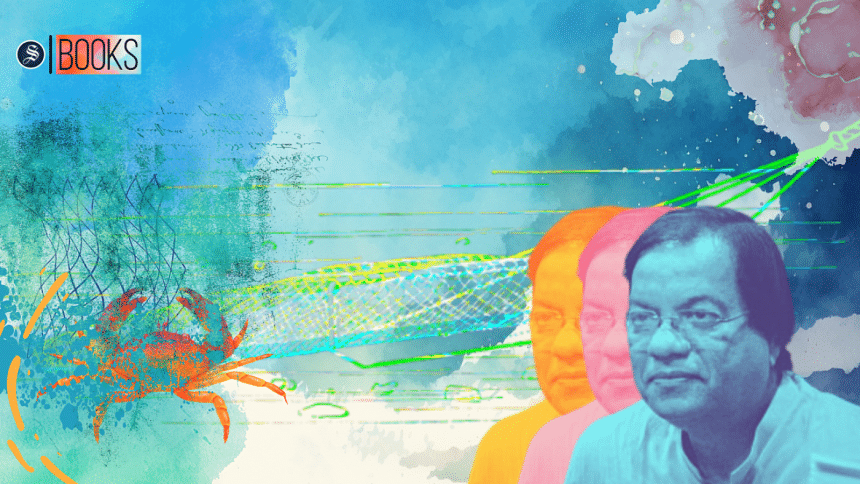
Born at the fishermen's village of North Potenga, Harishankar Jaladas is a writer of subaltern Bangladeshi life. The first person in his village to get an education, his work represents his own people— the poor and the subaltern residents of Potenga fishermen community. He dedicated his life documenting the under-represented peasants of Bangladesh, particularly in Chittagong. The fishermen, the beggars and the prostitutes of Potenga Joillapara (fishermen's area) are part of his oeuvre. His first published book Jalaputro (2008) is the story of a fisherman, residing upon the Karnaphuli river. In 2011, Jaladas published Koshobi. The intricate tale represents the social and political scenario of the prostitutes existing in Potenga, Strandroad area named Shahebpara.
The novel revolves around the life of prostitutes, living under the poverty grid of Kurnaphuli riverine ranges. It ventures inside the labyrinth of their life, circling around the sneaky customers, badha-babus, dalals, and mashis. The work depicts the torture, mutilation, and fetish of the civil community inside the dimmed lights of Shahebpara. Thus, Koshobi illustrates the darkness beneath the light of our social civility.
Harishankar Jaladas not only writes stories of grotesque subject matters but his work also paints the gruesome image of society's dark underbelly. In Koshobi, Jaladas paints the damp and dejected walls of Strandroad, Shahebpara, which is a local red-light district more than 300 years old. The age of Shahebpara makes it almost a historical site, filled with marks of violation, lust, and malice. Throughout the story, the author introduces us to the enchantresses of Shahebpara- Devjani, Padma, Champa, Banani, Mumtaj, Margaret, Uma Pru, Sweety, and others. Their journey inside Shahebpara is recounted and we see these caged birds, forcefully calling this musky brothel their ill-fated home. Even in the hope of freedom, they have no place to go and Shahebpara becomes their only place of belonging. Festering in syphilis, the women breed generations. Shahebpara in this manner, creates its own society with 'Rustom's restaurant', 'Rahman's betel leaf store', 'Lion cinema theatre' and 'Maghdeshori Kali Temple'.
The story sneaks deeper into this red-light district, into the senile huts of the prostitute. The worn-out and ragged walls of their room are filled with the fragrance of perfume and powder. Their dirty clothes and bed sheets are filled with the paradox of hate and lust. Businessmen like Abdul Jobbar Sawdagar, young men such as Rajon Bhowmik, and higher social officials like Khairul Amin are the 'badha-babus' (regular customers) of Shahebpara. The conflict of the plot revolves around the control of the red-light district, between Mohinimashi and Kalu Sarder; the two prominent agents of the neighbourhood. The harlots become the sufferers in this conflict resulting in violence, vengeance, and death. The story of Koshobi is indeed dark, but it is the sort of darkness that needs attention and understanding.
At the heart of Jaladas' work is his writing. The name Koshobi literally translates into harlot or prostitute, making it a fitting title for its tale. The language filled with local dialects, slangs and regional words make the tale honestly intimate to its setting. The society of the red-light district is located and understood not only through the scenarios or action but also through the use of language. The characters and the history of the locality is illustrated skillfully through the use of dialects and setting. Jaladas does not compromise on creating an authentic depiction for the sake of civil society. He creates his characters as they actually are, their actions filled with deceit, treachery and charm. The bodies of the prostitutes are constructed and objectified through local language and phrases, depicting them the way patriarchal society views them. With gruesome depiction of their body through flesh and bones, the book's language is filled with despise and lust. The vengeful and agonising narrative is sure to shake the heart of its readers, as they slowly begin to realise that none of this is utter imagination but a re-telling of the continuous social scenario. The prostitutes of Shahebpara slowly come alive, making the novel a biography of harlots residing in Strandroad, Potenga.
The writings of Harishankar Jaladas are indeed authentic additions to the Bangla literary canon. His works accurately paint the picture of under-represented peasants, fishermen, and prostitutes of Potenga. His novels characterise the subaltern and become a voice for the voiceless. Jaladas in the novel gives a voice to the subaltern koshobis', situating his characters inside the map of our country. Thus, the novel becomes the 'Potenga harlots' tale', delivering accurate images of the darkness of our society.
KM Arefin is a faculty member at Southeast University and a researcher of postcolonial Bengali literature. Reach me @ [email protected].

 For all latest news, follow The Daily Star's Google News channel.
For all latest news, follow The Daily Star's Google News channel. 
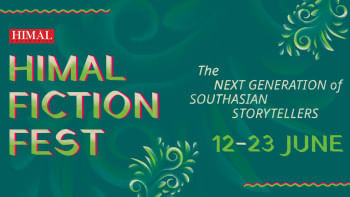
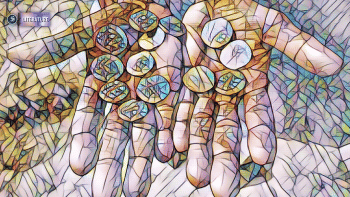






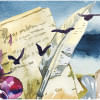

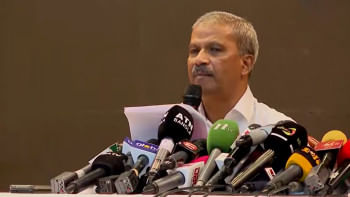
Comments